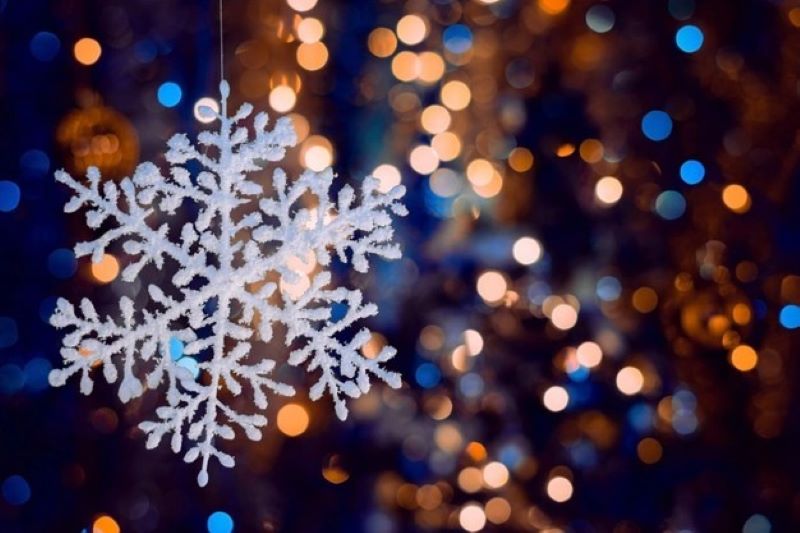
The Christmas season is a time enjoyed by millions around the world, but where did it all begin? The history of Christmas is believed to have roots in both pagan rituals and Christian traditions, creating a unique blend of customs that make the season so special.
Origins of Christmas: A Look Back at the Beginning of the Celebration
One of the most well-known theories surrounding the origins of Christmas involves the pagan celebration of the winter solstice. As December 21st marks the shortest day of the year, pagan cultures viewed the day as a symbol of renewal and the promise of longer, brighter days to come. They would often light fires and hold feasts to honor the winter solstice, with some cultures even believing that their festivities would help bring the sun back to life. It’s believed that as Christianity spread throughout Europe, these pagan traditions were adapted to fit the story of Christmas.
The tale of Christmas is a Christian story at heart, recounting the birth of Jesus Christ. The story of Christ’s birth is found in the Bible, specifically in the Gospel of Luke, and can be a foundational aspect of the Christian faith. However, the exact date of Christ’s birth remains unknown, as the Bible doesn’t provide an exact date. Some Christian traditions celebrate Christmas on December 25th, while others celebrate on January 6th or 7th. While the date of Christmas may vary, the story of Christ’s birth remains a central theme of the season.
Evolution of Christmas Traditions: How the Holiday Has Changed Over Time
Over time, a blend of pagan and Christian traditions shaped the holiday season we know today. The long-standing tradition of decorating with evergreen trees can be traced back to paganism, as many cultures believed that the evergreen trees represented life and renewal in the midst of the cold winter months. Later, Christians adopted the tradition of the Christmas tree and added their own spin of decorating it with ornaments and lights.
Gift-giving during the Christmas season has also become a popular tradition, but its origins can be traced back to the wise men who brought gifts to the baby Jesus. In fact, many Christian cultures celebrate the giving of gifts on January 6th, which is known as Epiphany. However, gift-giving during the winter solstice and other pagan festivities has also played a role in the modern-day tradition of Christmas gift-giving.
It’s easy to assume that Christmas has always been a widely celebrated holiday, but that wasn’t always the case. Dating back to the 4th century, the Catholic Church began officially celebrating the birth of Christ on December 25th, but the holiday wasn’t widely adopted by the masses until the Middle Ages. In fact, in Puritan-led England, celebrating Christmas was actually banned for a period of time, with the holiday only regaining popularity in the 19th century.
The Modern Day Christmas: The Global Celebration of Peace and Joy
Today, Christmas is celebrated in cultures around the world, with various customs and traditions being added over time. For example, in Mexico, there’s a sweet holiday tradition involving a piñata that represents the devil, which children use to smash and “release” the beauty of the holiday season. Meanwhile, in Japan, fried chicken has become a popular Christmas dinner thanks to a clever marketing campaign by a fast-food chain.
The history of Christmas is a journey through time, as different customs and traditions have been added over the course of centuries. Christianity and pagan rituals have intertwined to create a beautiful blend of festive traditions, all in celebration of the season. While specific customs may vary from culture to culture, the spirit of Christmas – a time of kindness, generosity, and love – remains the same.
